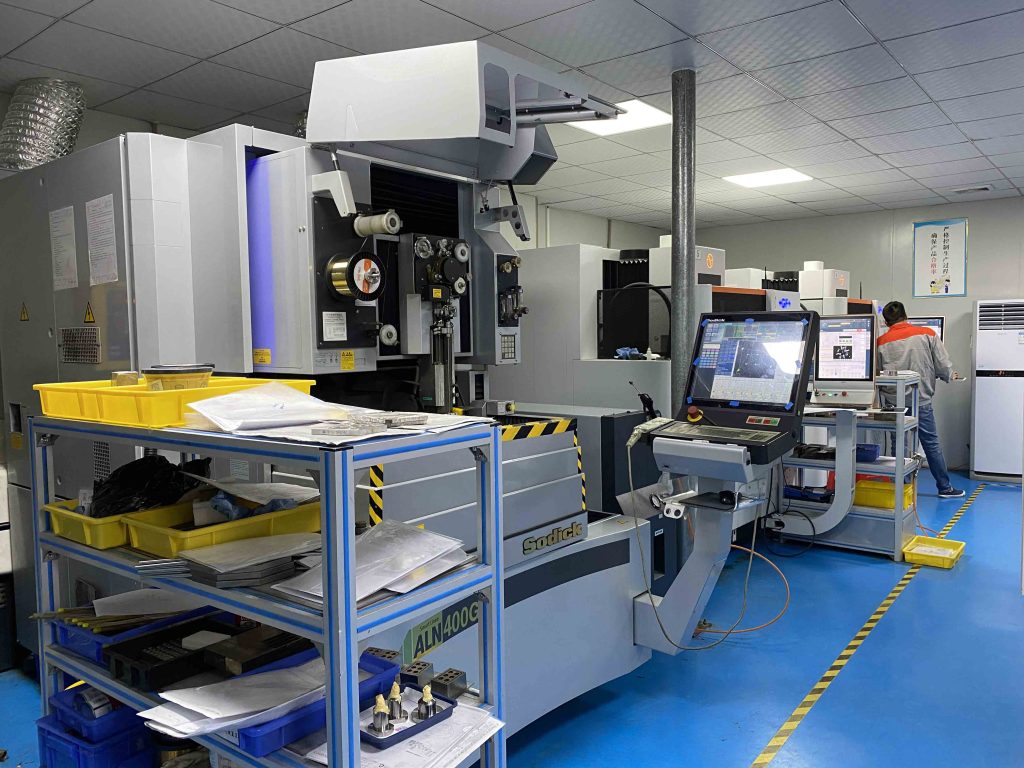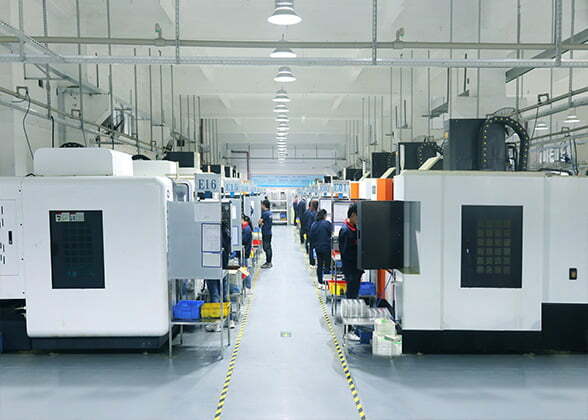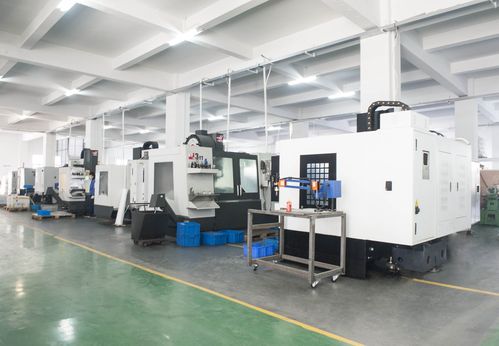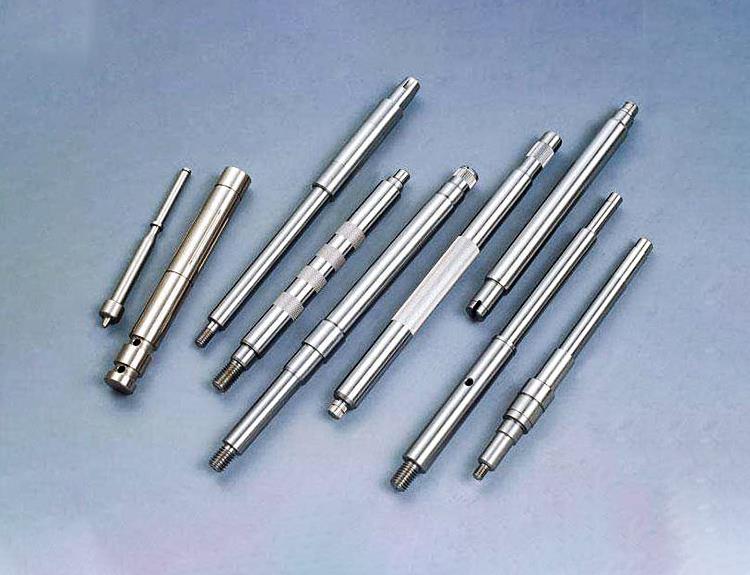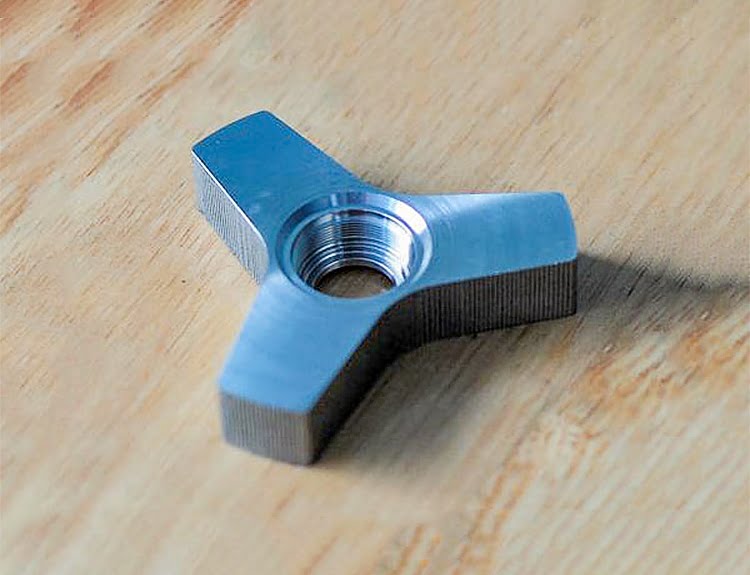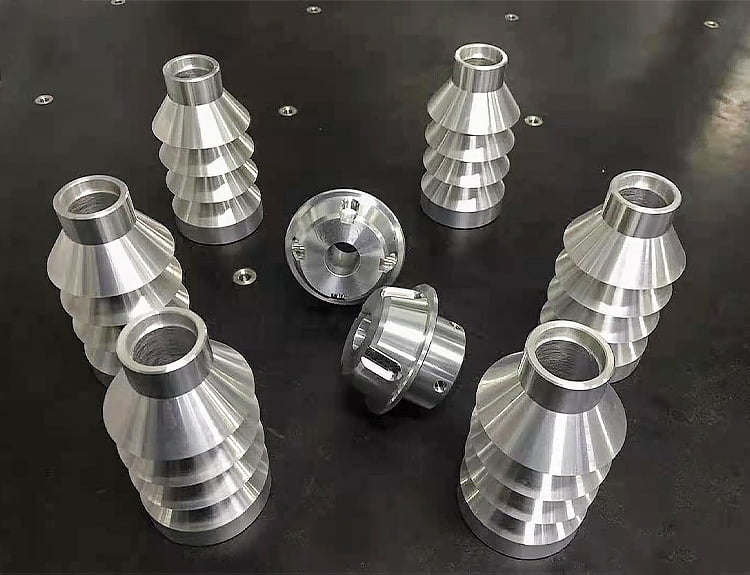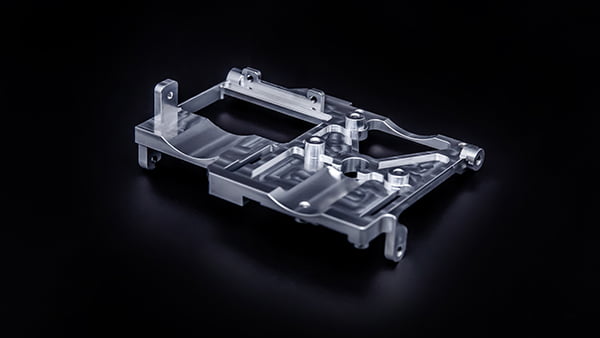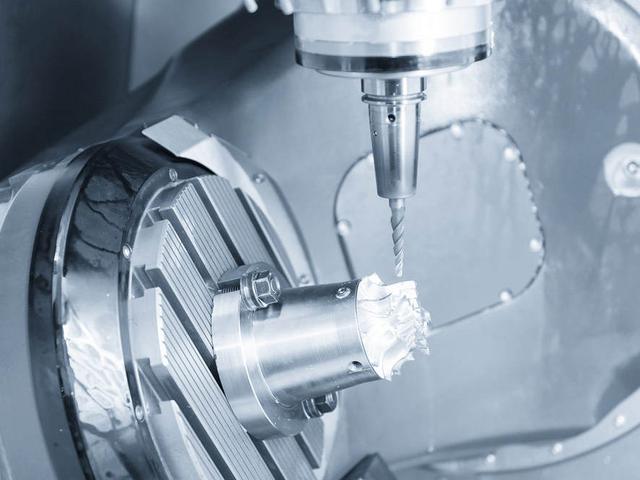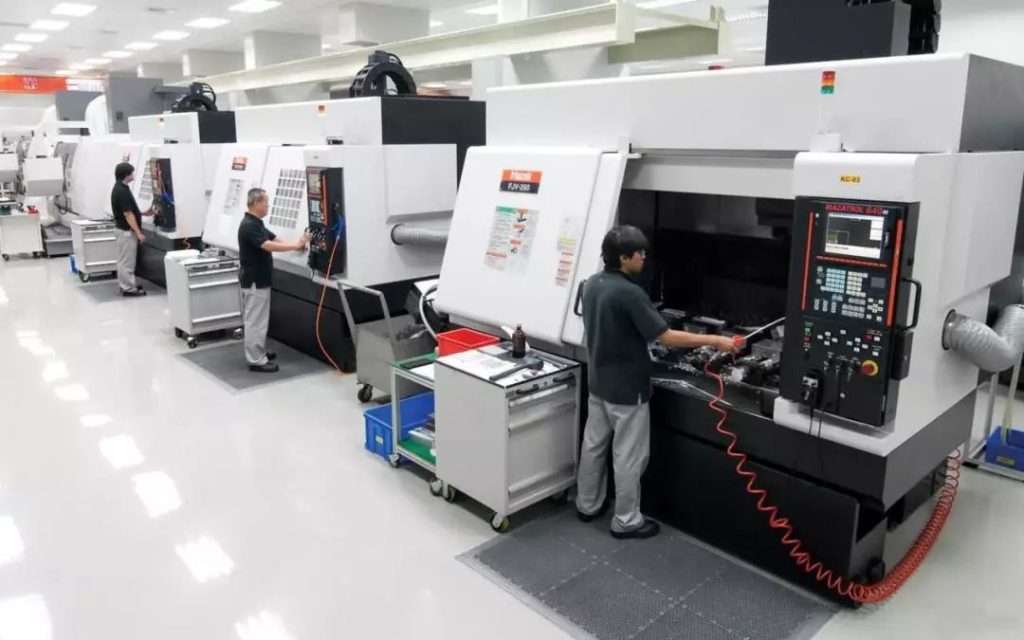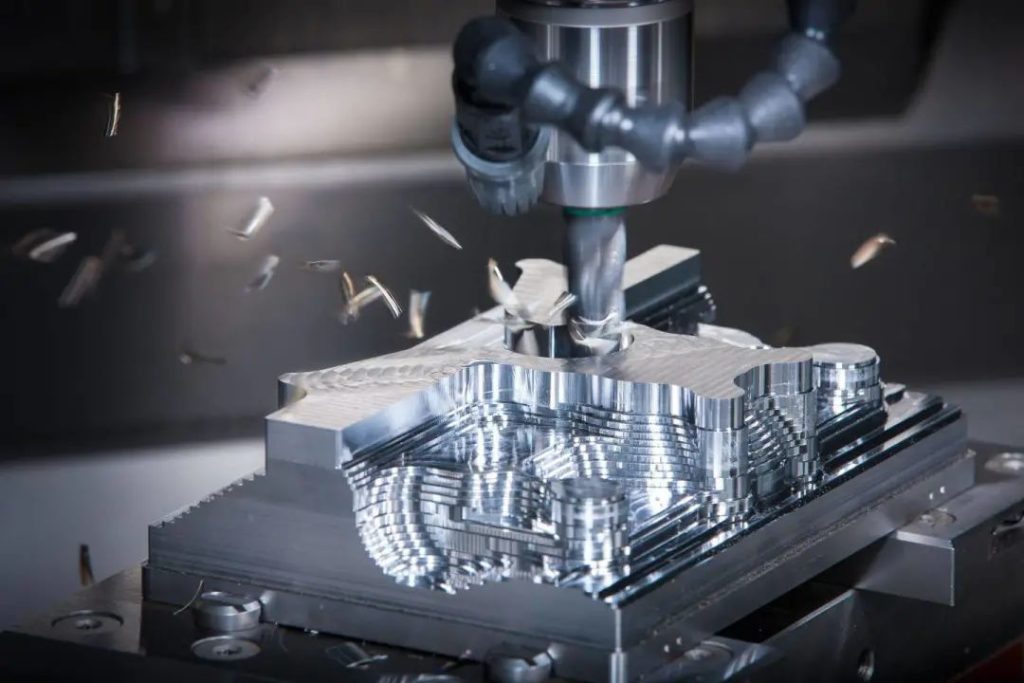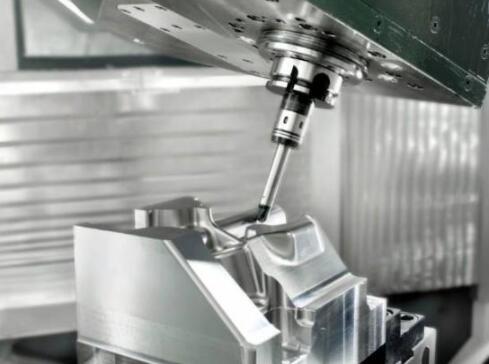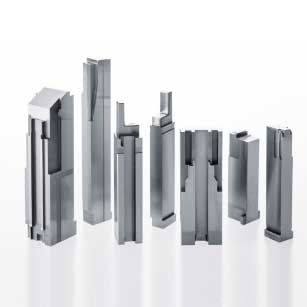Copper is widely used as an electrode material in EDM in precision mold machining plants. Many people think that graphite material is an alternative consideration only when making large electrodes and the die machining is not very demanding or rough machining.
Today, in Europe, where manufacturing technology is leading, over 90% of electrode materials used by mold and die companies are graphite. However, in China, most of the current mold companies still choose copper as the main electrode material. According to the characteristics of graphite material, the following is a comprehensive analysis of its EDM advantages and shortcomings.
- EDM characteristics of graphite material
(1) EDM speed
Graphite is a non-metallic material with a very high melting point, which can withstand greater current setting conditions. When the discharge area and electrode size scaling is larger, the superiority of high efficiency rough machining of graphite material is more significant. The thermal conductivity of graphite is 1/3 of that of copper, and the heat generated during its discharge can be used more effectively to remove metal materials, so its machining efficiency is also higher than that of copper electrodes in intermediate and finishing machining. According to the processing experience, under the correct use conditions, the discharge processing speed of graphite electrode is 1.5~2 times faster than that of copper electrode as a whole.
(2) Electrode loss
Graphite electrode has the characteristic of being able to withstand high current conditions, in addition, under the suitable rough machining setting conditions, the carbon particles in the etchings produced by the steel workpiece containing carbon elements during machining and the decompositions produced by the working fluid at high temperature, under the effect of polarity, some of the etchings and carbon particles will adhere to the electrode surface to form a protective layer, ensuring that the loss of graphite electrode in rough machining is extremely small, or even "zero loss". The main amount of electrode loss in EDM comes from rough machining, and the finish machining setting condition, although the loss rate is higher, its overall loss is also less because the part has little reserved machining allowance, i.e., less machining etch. In general, the loss of graphite electrode in rough machining with high current is less than that of copper electrode, and the loss in finishing machining may be slightly greater than that of copper electrode, and the electrode loss of both is comparable.
(3) Surface quality
The particle diameter of graphite material directly affects the surface roughness of EDM, the smaller the diameter, the lower the surface roughness value can be obtained. A few years ago, the best surface of EDM can only reach VDI18 (Ra0.8 μm) when using graphite material with particle diameter φ5 μm, but nowadays the particle diameter of graphite material can reach φ3 μm or less, and the best surface of EDM can reach VDI12 (Ra0.4 μm) or finer grade.
The copper material has a low resistivity and dense structure, so EDM finishing is easy to obtain a stable machining state, and it can be processed stably under more difficult conditions, and the surface roughness can be less than Ra0.1 μm, and mirror EDM can be performed. This shows that if EDM pursues extremely fine surface, it is more suitable to use copper material as electrode, which is the main advantage of copper electrode over graphite electrode. However, the surface of copper electrode tends to become rough and even cracked under high current setting conditions, while graphite material has no such problem. For cavity machining with surface roughness requirement of about VDI26 (Ra2.0 μm), one graphite electrode can be used to complete the process from coarse to fine, and achieve uniform and consistent grain surface effect without surface defects. In addition, due to the difference of organization structure between graphite and copper, the corrosion point of graphite electrode surface discharge is more regular than copper electrode, so when processing the same surface roughness of VDI20 and above, the surface granularity of the workpiece processed by precision mold processing using graphite electrode is more distinct, and this grain surface effect is better than the discharge surface effect of copper electrode.
(4) Processing accuracy
The coefficient of thermal expansion of graphite material is small, and the coefficient of thermal expansion of copper material is four times that of graphite material, so the graphite electrode is less likely to be deformed than copper electrode in the electric discharge processing, which can obtain more stable and reliable processing accuracy. Especially when processing deep and narrow tendon bit part, local high temperature will easily make copper electrode bend and deform, while graphite electrode will not do so; for copper electrode with large depth-diameter ratio, it also needs to compensate certain thermal expansion value to correct the size when processing setting, while graphite electrode does not need.
(5) Electrode weight
Graphite material is less dense than copper, the weight of graphite electrode of the same volume is only 1/5 of that of copper electrode, so it is very suitable to use graphite material for larger size electrode, which greatly reduces the load of EDM machine tool spindle, and the electrode will not cause inconvenience in clamping and deflection displacement in processing because of its weight, so it is very meaningful to use graphite electrode in large mold processing.
(6) Electrode production difficulty
Graphite material has good mechanical processing performance, cutting resistance is only 1/4 of copper, precision mold processing under the correct processing conditions, the efficiency of milling processing graphite electrode is 2~3 times of copper electrode. Graphite electrode is easy to clear the corner, and can be designed to process the workpiece that normally has to be done by multiple electrodes as one whole electrode. The unique particle organization structure of graphite material makes the electrode not produce burrs after milling and molding, which directly meets the use requirements for complex shapes that are not easy to remove burrs, eliminates the process of polishing the electrode manually, and avoids the shape change and dimensional error caused by polishing. It is important to note that as graphite is a dusty material, milling graphite generates a lot of dust, so the milling machine must be sealed and dust-absorbing. If you need to use EDM wire cutting graphite electrode, its processing performance is not as good as copper material, the cutting speed is about 40% slower than copper.
(7) Electrode installation and use
Graphite material can be bonded well, you can use conductive adhesive to bond the graphite with the fixture method of milling electrodes, electrical discharge processing, can eliminate the process of processing screw holes in the electrode material, saving working time. Graphite material is brittle, especially the small narrow electrode, it is easy to break when it is subjected to external force in use, but you can immediately know that the electrode has been damaged. If it is copper electrode, it will only bend but not break, this condition is very dangerous and difficult to find in the process of use, and it will easily lead to the scrapping of the workpiece.
(8) Price
Copper material is a non-renewable resource, and the price trend will become more and more expensive, while the price of graphite material tends to be stable. In recent years, the price of copper material has been increasing, while the major graphite manufacturers continue to improve the process of making graphite to make it more cost-effective advantage.
At present, there are many different grades of graphite available from different suppliers among the world's leading graphite suppliers. The average particle size of graphite material is usually based on

